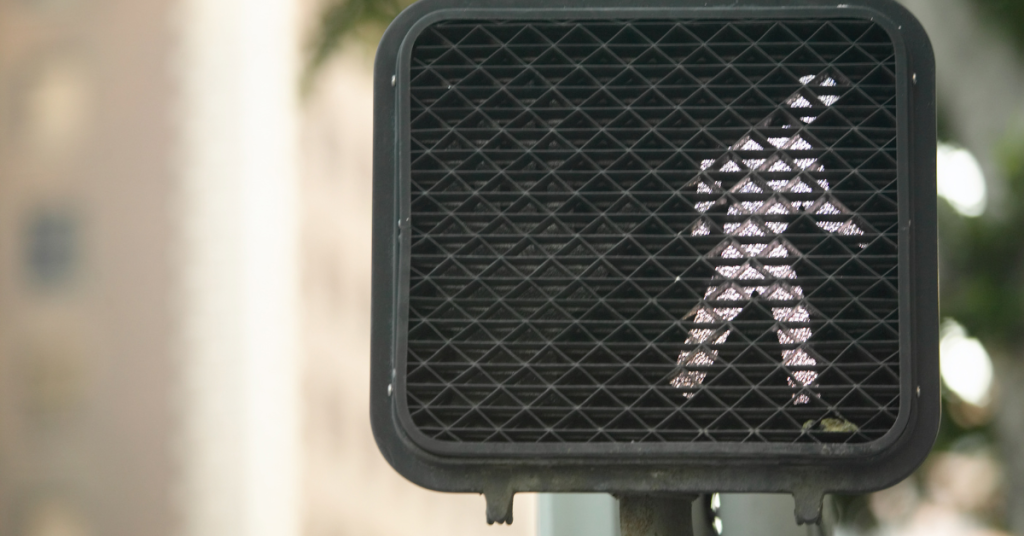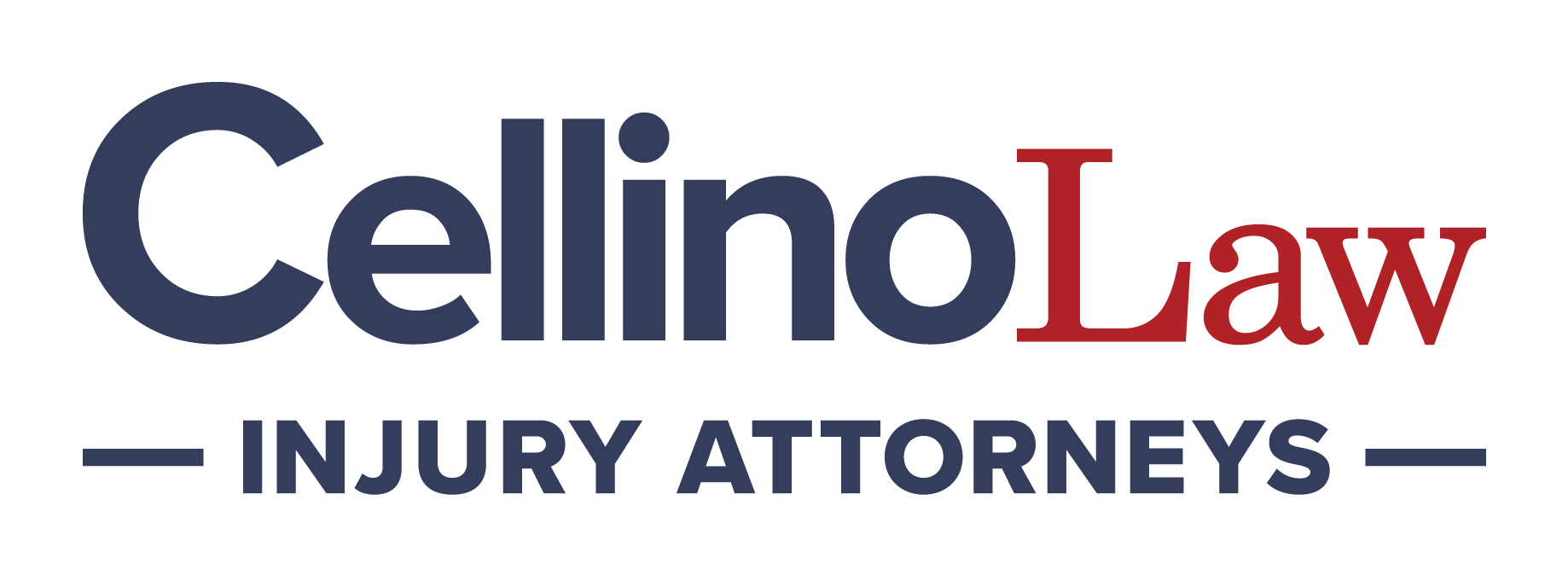 July 11, 2024
|
Reading Time: 8 min
July 11, 2024
|
Reading Time: 8 min
Walking is one of the most accessible modes of transportation and is a great way to stay active and healthy. However, the increasing number of vehicles on the road, especially in heavily populated areas, has led to a surge in pedestrian accidents. As a result, those involved are often left with severe or life-altering injuries.
Proving fault is the most important aspect in any personal injury claim, and can greatly impact the settlement you can recover from a pedestrian accident. So, what exactly is meant when we say “proving fault”, and how can you prove fault in a pedestrian accident case?

What Is “Fault” In A Pedestrian Accident?
In the context of a pedestrian accident, “fault” refers to the legal responsibility for the accident. Determining fault involves identifying who was negligent or failed to exercise reasonable care, leading to the accident. This can be the driver, the pedestrian, or both.
For drivers, fault may include actions like speeding, running a red light, failing to yield to pedestrians at crosswalks, or driving while distracted or impaired. For pedestrians, fault might involve jaywalking, crossing against a traffic signal, or stepping into traffic unexpectedly.
Proving fault requires demonstrating that the responsible party breached their duty of care and that this breach directly caused the accident and resulting injuries. In New York, even if the pedestrian is found to be partially at fault, they can still recover damages under comparative negligence law, but their compensation will be reduced by their percentage of fault.
Injury Victims Have The “Burden of Proof”
In New York personal injury cases, the burden of proof lies with the person bringing forth the lawsuit, as they must demonstrate that the defendant’s negligence caused their injuries. The standard of proof required is a “preponderance of the evidence,” meaning that it is more likely than not that the defendant’s actions or inactions caused the harm.
To meet this burden, the plaintiff must establish four key elements:
- Duty of Care: The defendant had a legal obligation to act with reasonable care toward the plaintiff.
- Breach of Duty: The defendant failed to meet this obligation through their actions or omissions.
- Causation: The defendant’s breach of duty directly caused the plaintiff’s injuries. This involves proving both actual cause (the injury would not have occurred but for the defendant’s actions) and proximate cause (the injury was a foreseeable result of the defendant’s actions).
- Damages: The plaintiff suffered actual harm or losses as a result of the injury.
In order to prove the defendant’s negligence, the plaintiff may use admissible evidence.
What Evidence Can Be Used In A Pedestrian Accident Case?
In a pedestrian accident case, there are many different types of evidence that can be presented in order to prove fault. Some of the most commonly utilized and powerful pieces of evidence include:
- Police Report: At the scene of the accident, the responding officer will complete a police report that outlines any damages, injuries, and details about the accident. This document can be used as an unbiased opinion on how the accident occurred.
- Photos & Videos: If you’re able to, take photos and videos of the accident that may be pertinent to your case. If there was dash cam footage or security footage from nearby establishments that show the accident as it happens, they may be admissible.
- Medical Records & Bills: After your accident, it’s important to seek medical attention and follow up with any treatments that your physician recommends. These medical records and associated medical bills can help to paint a picture of how the accident impacted your everyday life.
- Witness Statements: If there were any witnesses to your accident, be sure to collect their contact information at the scene or as soon as possible afterwards. Collecting witness statements as soon as possible after the accident ensures that their recant of the accident is as accurate as possible.
- Expert Testimonials: In the event of particularly complex accidents, experts like accident reconstructionists, professional witnesses, or medical experts may be called upon to provide impartial and informed testimony or demonstrate the extent of the injuries sustained.
Understanding Pedestrian Laws in New York
New York’s pedestrian laws are designed to enhance safety for individuals on foot. Pedestrians generally have the right-of-way at crosswalks, whether they are marked or unmarked. This means that drivers are required to yield to pedestrians who are crossing the street within these designated areas. Pedestrians must also obey traffic signals; they should only cross at intersections when the walk signal is displayed and refrain from starting to cross if the signal is flashing or solidly indicating “Don’t Walk.”
Crossing streets at intersections is highly encouraged, utilizing crosswalks whenever possible. On sidewalks, pedestrians have the right-of-way and should use these pathways whenever they are available. In the absence of sidewalks, it is advised that pedestrians walk on the left side of the road, facing oncoming traffic to maximize visibility and safety. Pedestrians must also yield to emergency vehicles that are using sirens and flashing lights.
Though not explicitly illegal, distracted walking, such as using mobile phones while crossing streets, is strongly discouraged to prevent accidents. Adhering to these laws and guidelines helps ensure a safer environment for both pedestrians and motorists in New York.
When Pedestrians Do Not Have The Right of Way
In New York, pedestrians do not always have the right-of-way. They are required to yield in several specific situations:
Pedestrians must yield if they cross against traffic signals, such as during a “Don’t Walk” signal, or if they jaywalk, crossing outside of designated crosswalks or intersections. When emergency vehicles approach with sirens and flashing lights, pedestrians must yield to give priority to these vehicles.
Additionally, pedestrians do not have the right-of-way when crossing mid-block without a crosswalk. If a pedestrian suddenly enters the roadway from a place of safety, putting themselves in the path of a vehicle that cannot reasonably yield, they must yield to the vehicle.
In these cases, pedestrians are expected to exercise caution and yield to vehicles to ensure their own safety and comply with traffic laws in New York.
How To Ensure You Protect Your Rights
If you are a pedestrian involved in an accident, taking the following steps after the accident can help to ensure that your rights remain protected:
- Seek immediate medical attention for your injuries.
- Call the police and ensure an official report is filed.
- Collect information and evidence from the scene, including names and contact details of witnesses.
- Do not admit fault or discuss the details of the accident with the driver or their insurance company.
- Keep a detailed account of your injuries and expenses related to the accident.
- Contact a reputable personal injury lawyer to represent your interests.
If you choose to file a claim for your injuries in New York State, be aware of the statute of limitations and other insurance laws that dictate your eligibility to receive compensation.
For example: if you choose to file a claim for medical expenses through your own no-fault benefits, you must alert your insurance company within 30 days of the accident.
How A Pedestrian Accident Attorney Can Be An Asset
After sustaining a serious injury in a pedestrian accident, you may be feeling overwhelmed with medical visits, lost wages, and working with insurance to receive fair compensation. A pedestrian accident attorney can be an asset to your case by providing practical experience, resources, and support throughout the process.
- Guidance On Legal Issues: When you retain a pedestrian accident attorney, it’s important to work with an attorney who has extensive experience working with accidents like yours. Your attorney will be able to guide you through the legal process, including any complexities, and help to put your mind at ease.
- Evidence Gathering: Your attorney’s office will have access to police records, witness statements, accident reconstructionists, and expert witnesses that can all help to solidify your claim.
- Insurance Negotiations: In addition to ensuring that all of the proper paperwork is filed within the appropriate deadlines, your attorney will also work with the insurance company to negotiate a fair settlement on your behalf.
- Representation in Court: If the insurance company refuses to offer fair compensation for your injuries, your attorney may recommend taking your case to trial. Working with an attorney who has trial experience is important.
Contact The Professionals At Cellino Law
At Cellino Law, we understand the physical, emotional, and financial toll a pedestrian accident can have on victims and their families. With decades of experience behind us, our team of experienced attorneys are here to help you receive the compensation you deserve for your injuries.
We are committed to the fight on behalf of our clients. If you or a loved one has been the victim of a pedestrian accident, don’t navigate the complex legal landscape alone. Contact Cellino Law today at 888-888-8888 to schedule with a member of our legal team.

Content checked by the personal injury attorney Ross Cellino. As a family man and a trial attorney, I pride myself on winning cases and serving the community. With over 35 years of experience, I understand the function of a jury, how juries arrive at conclusions, and the role that the jury plays in administering justice. I know how to win cases. You can find us in Manhattan, Buffalo, Melville, Rochester, Brooklyn, The Bronx, Queens and other locations throughout New York.

